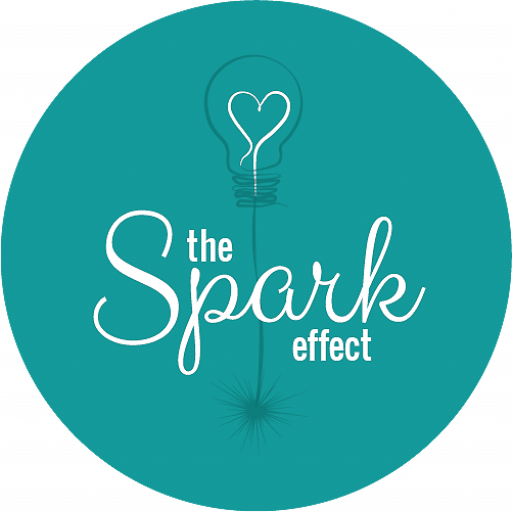At a time when innovation in business is crucial to staying relevant and competitive, how can you train your brain to think beyond the obvious? How can you approach problem solving and challenges with more fun and playfulness?
1. Harness Stress and Pressure
When you are under stress and pressure, you often rely on the way you have done things in the past. Your brain resorts to the “well-worn” neural pathways because they can be accessed quickly and effortlessly.
The problem with this response is that you don’t expand your thinking. When you ask the same questions, you generally get the same answers. What this means, however, is your ideas don’t evolve and the ideas you generate don’t challenge the status quo and push the boundaries.
When you know that you are under pressure and your stress is rising, the first step is to realise that your brain is going to pull you towards the same old ways of thinking and to actively engage in new thinking strategies.
2. Develop New Connections
In his book Cracking Creativity, Michael Michalko says, “Geniuses think productively, not reproductively. When confronted with a problem, they ask themselves how many different ways they can look at the problem, how they can rethink it…instead of asking how they have been taught to solve it.”
Dead-end reproductive thinking happens because you are drawing from the “well-worn” neural pathways in your brain; you are not thinking beyond the obvious. To start to shift perspectives and draw on new neural connections, you need to spark novelty and stretch your brain to find new relationships between ideas.
You can do this by looking at things that are similar and looking for what makes them different. You can also look at something that is different and seek to identify what is similar between them. My favourite way to stretch the brain in order to explore ideas outside the well-worn neural pathways is to challenge the brain to create connections and relationships between two things that aren’t normally placed together.
I do this with businesses by picking a random object like an orange, a swimming pool, a crayon, a basketball etc. Once the object has been decided, the next step is to create a mind map about the object, writing down all the words that are conjured up when thinking about the object.
Once this first step has been done, the second step is to challenge the brain by asking, “How is this object and these associated words related to the challenge we are facing?” I have observed that this activity provides incredible insights and generates exciting new ideas, far beyond what is often possible with straight “logical” problem solving thinking.
It was Albert Einstein who said, “We cannot solve our problems with the same thinking we used to create them.” To bring innovation into your problem solving, it starts by using strategies that deviate from your normal way of thinking.
3. Be Inspired By Other Industries
It is easy to end up with a limited view of what is possible when you only work with, speak to and learn from those within your own industry. Like any industry, you can develop a type of “tunnel vision” when you don’t actively seek out new ideas, approaches and innovations. Attending thought-provoking events and conferences that have speakers from a range of industries, backgrounds and life experiences is a great way to expand your thinking and what you believe to be possible.
4. Loosen Up And Go With The Flow
Too often when trying to find solutions to complex problems people tie themselves to their desks, refusing to leave until they have “nutted it out.” Yet, studies have shown that creative breakthroughs happen more often when you loosen the pressure you place on your brain to find a solution. It is when you give your brain some space to wander and daydream that you tap into a whole new way of thinking.
Taking breaks, “switching off” from technology and exercising allows your brain to have more “a-ha” moments. In his article, The Neuroscience of Imagination, Christopher Bergland says, “Sweat is like WD-40 for your mind-–it lubricates the rusty hinges of your brain and makes your thinking more fluid. Exercise allows your conscious mind to access fresh ideas that are buried in the subconscious.”
To bring more innovation into your thinking and problem solving, begin to consciously look for new angles, new ideas and new insights from the world and people around you. When you are stuck in a dead-end way of thinking, it’s time to get up, got for a stroll and let your mind wander. The secret to innovative thinking is to both stretch and release your brain. Have fun!

Do you need a keynote speaker or presenter for your next conference or workplace training? Discover how you can apply the latest in neuroscience to your workplace to increase wellbeing, productivity, innovation, resilience and emotional intelligence. To book me, get in touch at jessica@thesparkeffect.com.au

